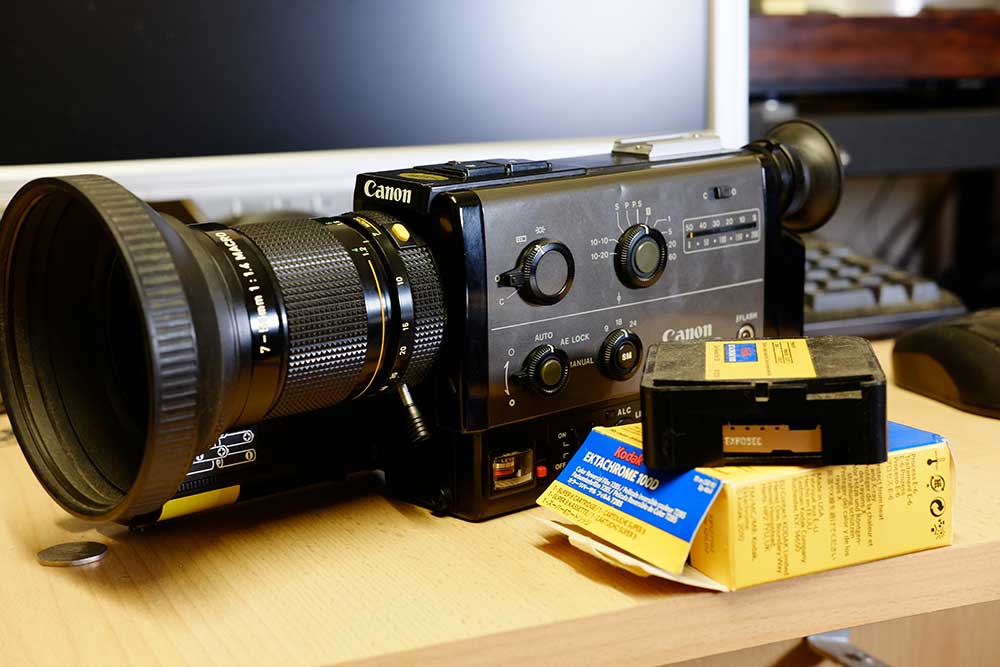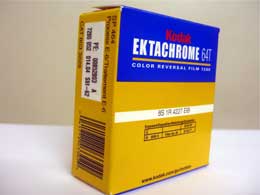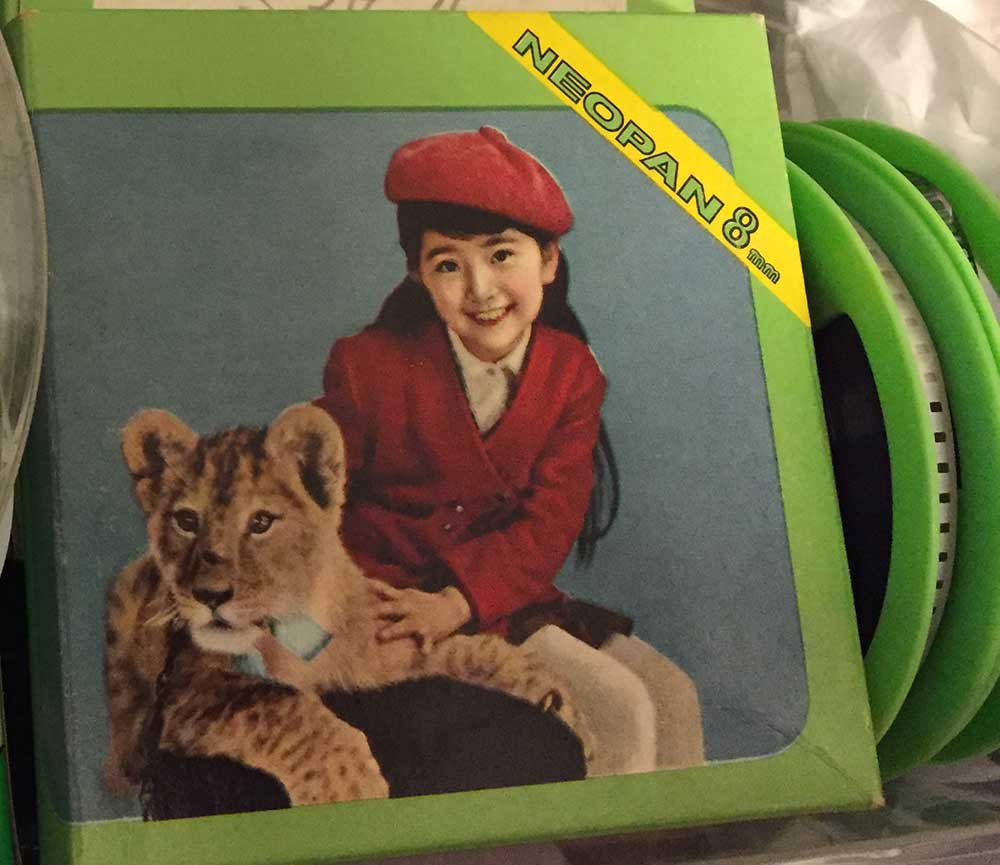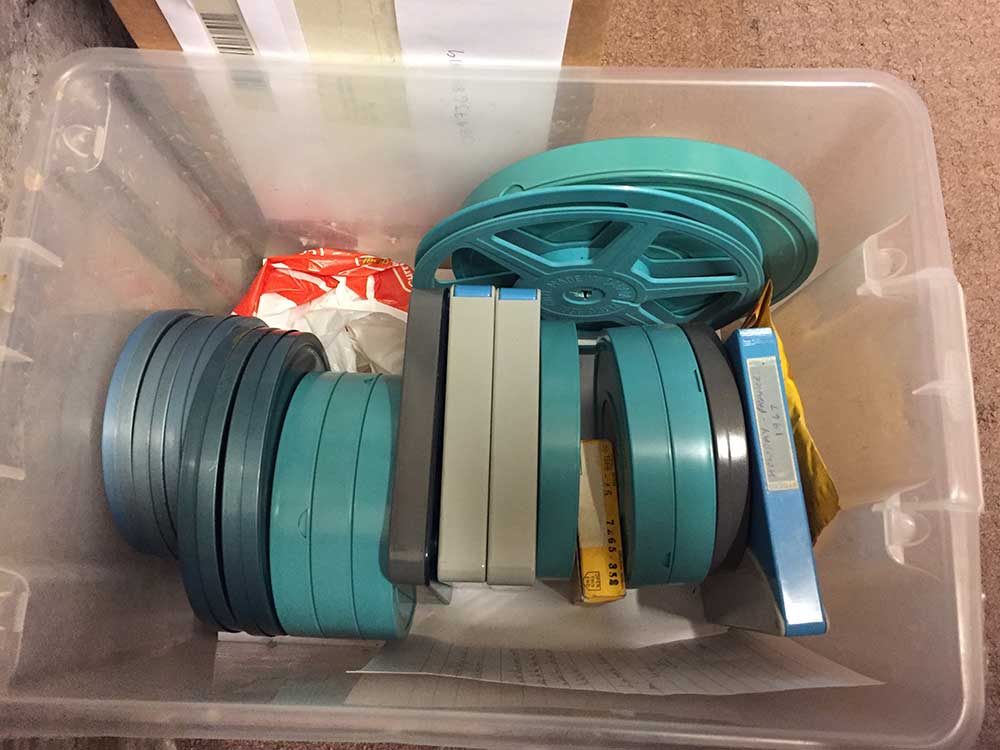Cine film transfer
Super 8 film developing
Super 8 film developing.

Picture above of my Canon 814 XL-S super 8 movie camera. One of the best Super 8mm cameras ever produced.
Truth be know I have had these Kodak cine films laying around the studio for quite some time. I suppose its a bit like a car mechanic who never does any work on his own car.
Kodak super 8.

The 3 films that I need to get developed comprise of 2 Kodak 100d films and one 64T. The T standing for Tungsten corrected and the D on the 100D film meaning daylight corrected film.
Positive film stock.
Unfortunately Kodak no longer produce these 2 film types. Positive film stock is similar to slide film producing a positive print on the film.
Kodak now only produce negative super 8 film stock. These Include the following.
KODAK VISION3 50D Color Negative Film 7203 / 50 ft Super 8 Cartridge, Catalog # 1738053.
KODAK VISION3 500T Color Negative Film 7219 / 50 ft Super 8 Cartridge, Catalog # 8955346.
KODAK VISION3 200T Color Negative Film 7213 / 50 ft Super 8 Cartridge, Catalog # 1380765
Super 8 film developing for my 3 positive films is an E6 process. which is the same as 35mm slide film processing.
Once my films have been developed. I shall be scanning them at Full HD resolution using our custom built 8mm cine film scanners to Apple Pro Res 4:2:2. This can also be transferred to MPEG 4 or AVI for viewing or editing on a Windows PC computer.
I look forward to showing the video results on this Blog and my youtube and Vimeo channel in the near future.
Please remember there is nothing like film.
16mm cine film conversion to digital video
16mm cine film conversion to digital video.
Introduced by Eastman Kodak in 1923, 16mm film was initially designed for amateur and low-budget filmmaking. Over the years, it gained popularity in educational, industrial, and documentary productions. During the mid-20th century, it served as an accessible medium for filmmakers.
16mm film found widespread use in schools, as it allowed educators to create educational content easily. In the 1960s and 1970s, avant-garde filmmakers embraced it for its cost-effectiveness and unique aesthetic.
With the rise of digital technologies, 16mm film faced decline but retained its appeal in niche filmmaking circles due to its distinct visual qualities. Today, it holds a place in the history of film technology, marking an era when film formats were diverse and evolving.
Fuji single 8mm
Fuji single 8 cine film transfer.

Video Image Productions are transferring Fuji single 8mm cine film. This 8mm cine film format was very similar to Kodak 8mm film.
About Fuji single 8.
This Fuji 8mm cine film is a polyester based film stock. The pressure plate was built into the movie camera. Unlike the kodak system which had a plastic pressure plate in the film cartridge. The Fuji pressure plate was metal not plastic. This resulted in the film being held much more securely against the shutter on the Fuji system.
Fuji single 8mm cine film transfer. Personal pickup and delivery.
Areas covered Include. Sussex, Hampshire, Kent, Surrey and a postal service for the rest of the UK.
The Fuji cine films were picked up personally by us at Brighton University. Turnaround time at present for Fuji single 8mm cine film and Kodak film is approximately 2 weeks from pickup or delivery.
For this particular job the customer wanted the cine film transferred to digital AVI files for the PC computer platform. This allows the customer to edit the footage with software like Adobe premier or Sony Vegas.
Other options for your Fuji single 8 cine film transfer.
You can also upload the footage to Youtube or send the edited footage to friends and relatives over the Internet. Or we can
Storage Media.
The customer provided us with a Samsung Micro SD 64 gigabyte card for storing the AVI files from the Fuji single 8 cine film transfer to digital job.
Other formats we transfer and services we provide.
As well as converting cine film we also transfer audio tapes to CD and digital and video tapes to digital and DVD. 35mm slides scanning to DVD and digital computer formats JPEG TIFF. Video Editing for all video formats from SD to HD and 4K video.
Super 8 film to digital transfer Sussex
Super 8 film to digital.

Video Image Productions provide a Super 8 film to digital service. We are at present transferring 14 x 400ft reels of super 8 film.
All the final files will be placed onto an external hard drive. File format will be for Windows PC HD and video will be MPEG-4.
We also provide a 16mm film to digital transfer service.
cine 8 conversion service Sussex 2017
cine 8 conversion service. Latest batch of cine 8 conversion to DVD job.
